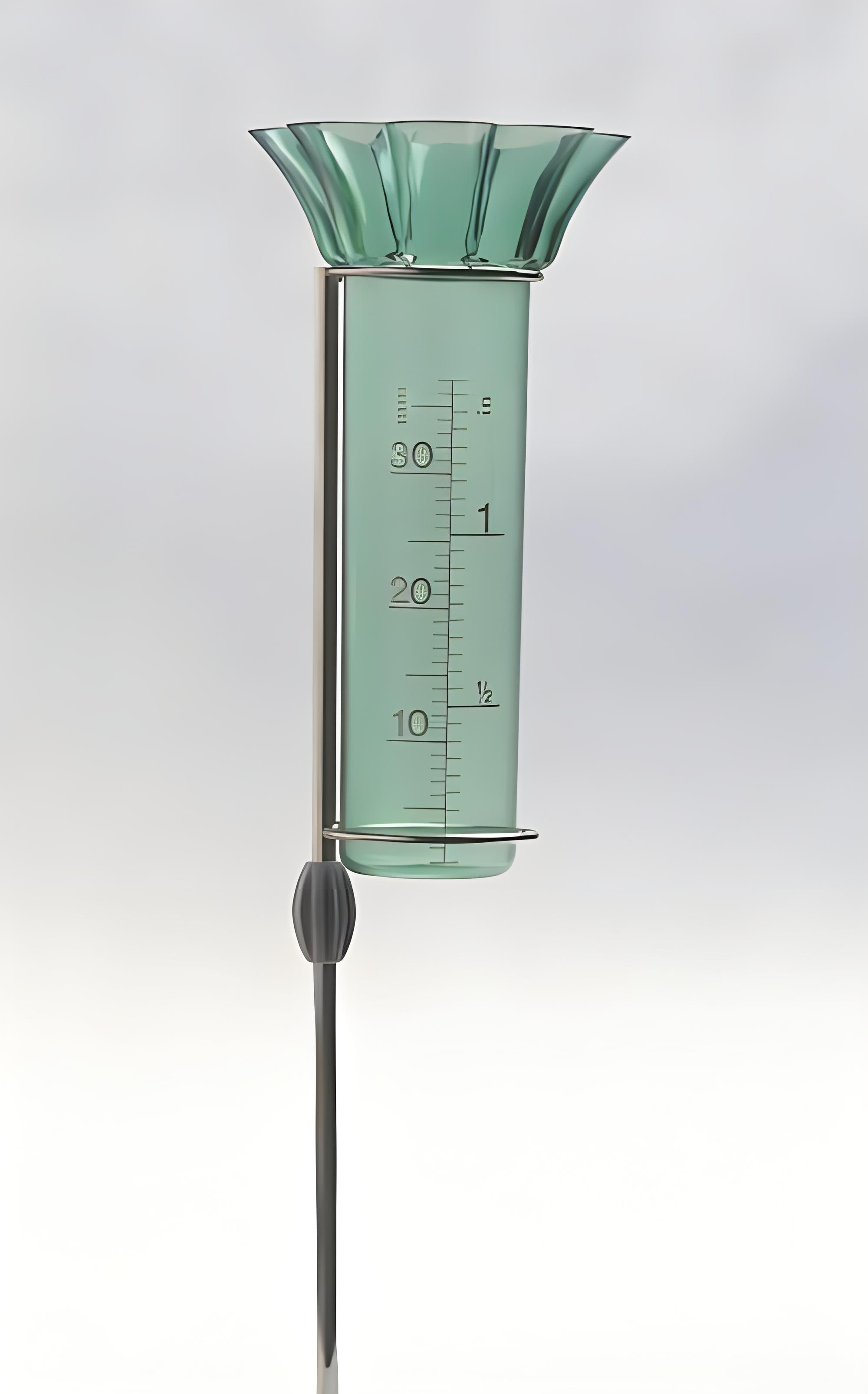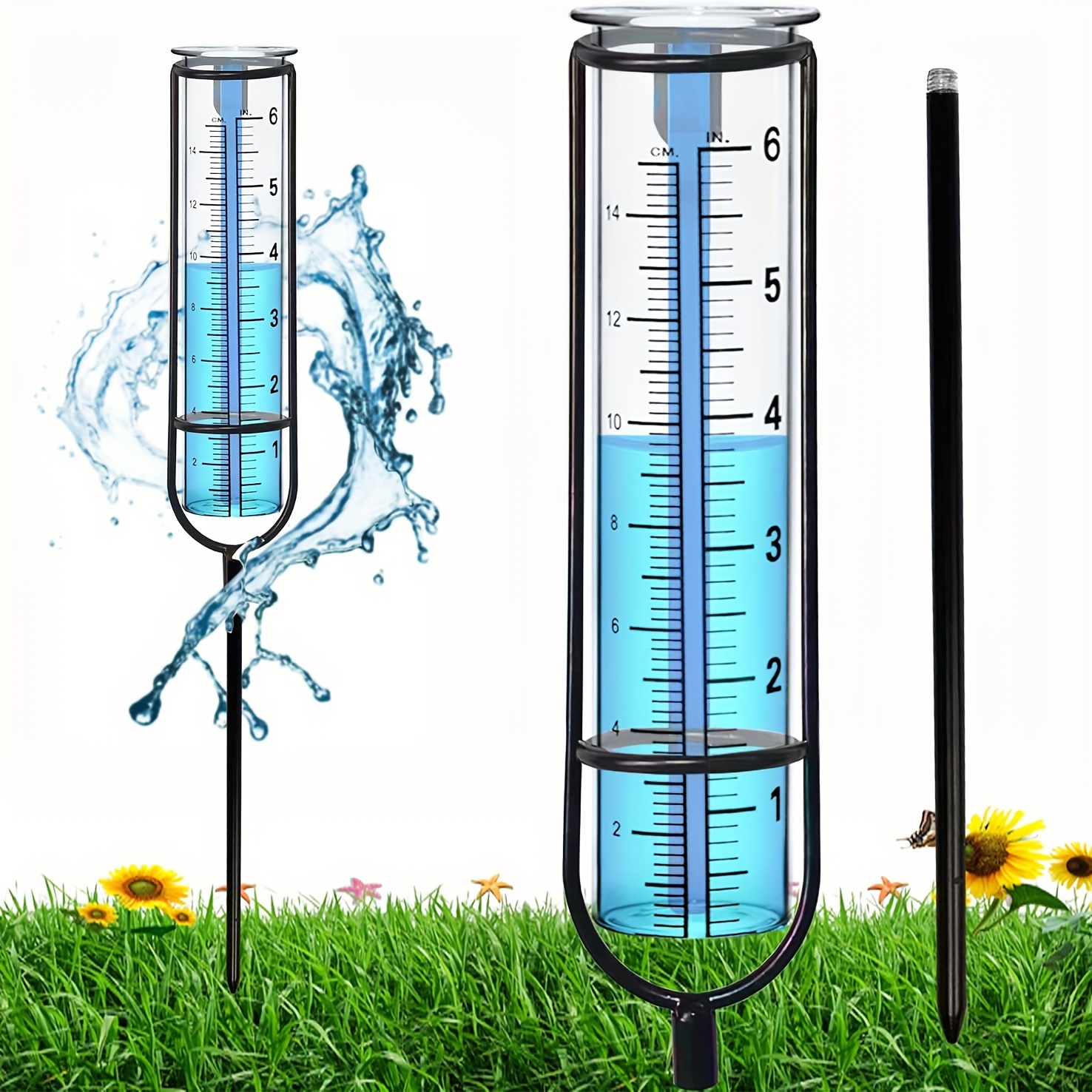Top Functions to Seek in a High-Quality Rain Gauge for Your Yard
Top Functions to Seek in a High-Quality Rain Gauge for Your Yard
Blog Article
Revealing the Science Behind Rain Evaluates: Exactly How These Tools Play a Critical Role in Environment Study and Ecological Tracking
Rainfall evaluates, seemingly simple tools, hold an extensive relevance in the realm of environment research study and ecological tracking. These plain tools quietly accumulate one of nature's most important elements-- rainfall. Yet, behind their plain exterior exists an intricate science that is essential for recognizing the dynamics of our setting. As we peel off back the layers of this scientific shroud surrounding rainfall determines, we discover a world where accuracy, information precision, and meticulous monitoring assemble to reveal a much deeper understanding of our changing climate and its effect on the planet.
Relevance of Rain Scales
Rainfall gauges play an important duty in surveillance and gauging rainfall degrees, supplying crucial data for environment study and evaluation. These tools are basic in evaluating the amount of rainfall that occurs in a certain area over a particular period. By gathering and measuring rain, rainfall gauges deal useful insights right into the circulation and intensity of precipitation, assisting meteorologists, hydrologists, and climatologists in comprehending climate patterns and trends.
In addition, lasting data accumulated from rainfall assesses helps in examining environment adjustment impacts and patterns, contributing dramatically to clinical study and decision-making procedures. In significance, rainfall determines offer as vital tools in the field of meteorology and ecological science, playing an important duty in advancing our understanding of weather condition and environment dynamics.
Kinds of Rainfall Gauges

Performance and Procedure
In the world of climate research and meteorological studies, the efficiency of rain evaluates depend on their intricate capability and specific functional devices. Rain gauges are made to properly determine the amount of precipitation that drops over a specific area throughout a collection duration. These tools commonly contain a funnel that accumulates rain and channels it right into a determining tube. The measuring tube is noted with calibrated measurements that enable the accurate quantification of rains.
The capability of rainfall determines is based upon the concept of measuring and gathering rainwater in a standard manner. This collected data is important for recognizing neighborhood weather condition patterns, tracking lasting environment fads, and examining environmental effects. To guarantee accurate dimensions, rainfall determines need to be purposefully placed in open areas away from obstructions such as structures or trees that can interfere with the collection process.
The functional aspect of rainfall gauges involves routine maintenance to avoid debris buildup, calibration checks to keep measurement accuracy, and data videotaping for analysis (rain gauge). In general, the performance and procedure of rainfall determines are essential for gathering reputable rainfall data crucial to More Help environment research study and ecological tracking
Function in Environment Research Study
Provided the important relevance of exact rainfall dimensions in recognizing climate patterns and ecological influences, the function of rainfall assesses in climate research study is vital. Rainfall assesses supply necessary data for climate research by quantifying the quantity of rainfall that falls over a specific area during a given period. This information is critical for monitoring lasting patterns in precipitation patterns, assessing the influence of climate change on rains circulation, and enhancing environment designs.

Environment researchers make use of data accumulated from rain evaluates to analyze variants in precipitation levels, recognize regional climate patterns, and assess the efficiency of water resource administration have a peek at these guys strategies. By contrasting historic precipitation information with existing dimensions, researchers can spot changes in rainfall patterns, such as adjustments in the frequency or intensity of rainfall occasions. This information is crucial for understanding exactly how environment change is affecting rainfall dynamics and can assist policymakers make educated decisions pertaining to adaptation and mitigation approaches.
Applications in Environmental Tracking

In flooding projecting, rainfall scale information aids to track rains strength and circulation, allowing authorities to release timely warnings and take needed steps to reduce flood threats (rain gauge). Dry spell monitoring relies upon rainfall gauge information to analyze wetness degrees in the dirt and track rainfall deficits, helping in the identification of drought-prone locations and the execution of dry spell response approaches
Additionally, rainfall gauge data plays an essential role in water resource administration by giving information on water accessibility and use trends. Furthermore, in farming, rainfall gauge data helps farmers in enhancing watering schedules, crop choice, and general ranch monitoring practices based on regional precipitation patterns.
Conclusion
To conclude, rain evaluates are vital tools for determining rainfall, supplying useful information for environment study and ecological surveillance. With numerous kinds and capabilities, rainfall determines play an important role in understanding rainfall their explanation patterns and their effect on the setting. By accurately determining rains, these gadgets contribute to the improvement of scientific knowledge and help in making educated choices pertaining to water resource management and calamity readiness.
Rainfall evaluates play a vital function in monitoring and measuring rainfall levels, providing essential information for climate research and evaluation. The conventional rain scale, understood as the "tipping bucket" scale, is one of the most typically used tools. Ultrasonic rain gauges usage noise waves to detect the visibility of rain, giving real-time information on precipitation degrees.Climate researchers make use of data accumulated from rain gauges to analyze variants in rainfall degrees, identify local environment trends, and assess the effectiveness of water source monitoring methods.In final thought, rain determines are vital tools for gauging rainfall, supplying important information for climate study and environmental tracking.
Report this page